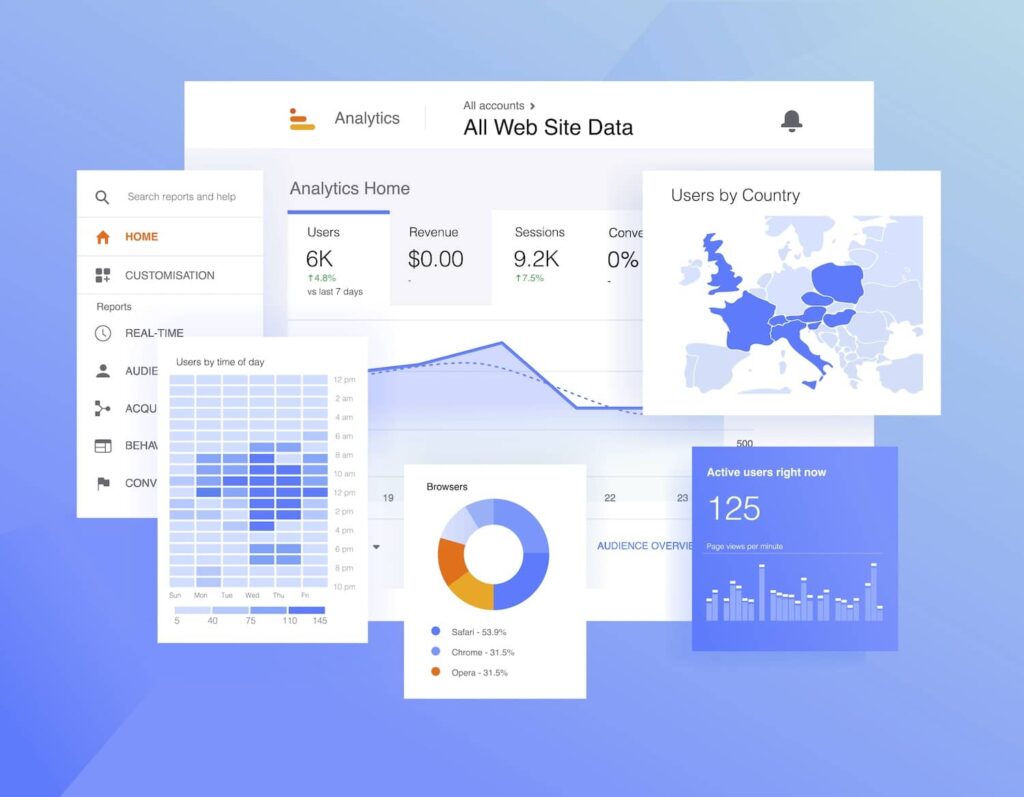Unveiling the Impact of Secondary Measurement in Google Analytics on Data Evaluation and Insights
In the world of data analytics, the utilization of second measurements within Google Analytics has arised as an essential tool for removing deeper understandings and unraveling complex patterns that could otherwise continue to be obscured. By peeling off back the layers of primary information sets, additional measurements provide a nuanced perspective that enhances the understanding of user habits, website performance, and the performance of advertising strategies. The true influence and untapped capacity of secondary measurements are often undervalued, outweighed by the allure of primary metrics. As we browse via the intricate landscape of data analysis, the relevance of second measurements becomes progressively evident, clarifying crucial details that hold the secret to notified decision-making and critical optimizations.
Checking Out the Idea of Secondary Dimensions
Second dimensions in Google Analytics give extra understandings by allowing individuals to assess key data in combination with a second characteristic. By including second measurements, individuals can dive deeper right into the information and discover valuable connections that could otherwise go undetected - what is a secondary dimension in google analytics.
Comprehending the principle of secondary dimensions is essential for taking full advantage of the potential of Google Analytics. It enables customers to segment data successfully, recognize patterns, and make informed decisions based on a much more full photo of their analytics data. By exploring the different additional measurements readily available in Google Analytics, individuals can open new insights and optimize their digital advertising initiatives. Basically, second measurements work as an effective device for boosting information evaluation and driving workable results.
Enhancing Information Analysis With Additional Measurements
Having developed the fundamental understanding of additional dimensions in Google Analytics and their pivotal function in data analysis, the focus currently moves towards leveraging these secondary credit to boost the interpretation of analytics data (what is a secondary dimension in google analytics). By including second measurements into data evaluation, experts can gain much deeper insights right into individual actions, internet site performance, and marketing performance

Additionally, additional measurements assist in contextualizing primary information metrics by supplying added layers of information. This contextualization help in comprehending the 'why' behind the data fads, helping analysts make educated optimizations and choices to boost overall performance. Eventually, incorporating secondary dimensions enriches the information interpretation procedure, causing more significant understandings and calculated actions.
Discovering Hidden Insights Through Additional Measurements
Checking out the midsts of analytics data with second dimensions discloses important understandings that would otherwise continue to be obscured. By integrating secondary dimensions in Google Analytics, organizations can unearth concealed patterns, trends, and connections that provide a more thorough understanding of user actions and site efficiency. These extra layers of information permit analysts to dig much deeper into the main measurements, such as web traffic resources or landing web pages, and obtain a more nuanced viewpoint on how different variables interact with each other.
With the use of secondary dimensions, analysts can segment and contrast data across various dimensions, allowing them to determine certain variables that affect customer interaction, conversion prices, and general success metrics. By matching the primary measurement of 'tool group' with the additional dimension of 'age group,' online marketers can pinpoint which age demographics prefer accessing the website through mobile devices versus desktop computers.
Leveraging Additional Dimensions for Actionable Analytics
Building upon the understandings introduced with additional dimensions in Google i thought about this Analytics, businesses can currently harness this enriched data landscape to drive actionable analytics and critical decision-making. By leveraging secondary measurements, organizations can dig much deeper into their information to extract useful patterns, trends, and relationships that may have formerly gone undetected. This deeper degree of evaluation allows organizations to acquire an extra comprehensive understanding of individual actions, campaign efficiency, and total site efficiency.
One trick advantage of using second dimensions for actionable analytics is the capacity to segment data based on certain requirements. This division allows services to tailor their methods and projects to different target market teams, resulting in extra targeted and efficient marketing efforts - what is a secondary dimension in google analytics. In addition, secondary measurements give a more alternative sight of customer communications, enabling companies to enhance their internet site content, style, and general individual experience
Making The Most Of Decision-Making With Additional Measurements
To boost critical decision-making in analytics, leveraging secondary dimensions in Google Analytics can supply an extra nuanced viewpoint on user behavior and campaign performance. By incorporating secondary dimensions into data analysis, businesses can delve much deeper right into the specifics of their web site visitors' interactions and engagement patterns. This added layer of details permits a much more extensive understanding of how various variables, such as demographics, tools, or web traffic sources, impact vital efficiency signs.

Conclusion
Finally, using secondary measurements in Google Analytics plays a critical role in boosting information evaluation and discovering covert understandings. By exploring this concept, one can get a deeper understanding of individual behavior and make educated decisions based upon workable analytics. Leveraging secondary measurements permits a much more thorough interpretation of data and takes full advantage of the effectiveness of decision-making processes.

Comments on “Checking out the Idea of Secondary Dimensions in Google Analytics: Interpretation and Strategic Implementation”